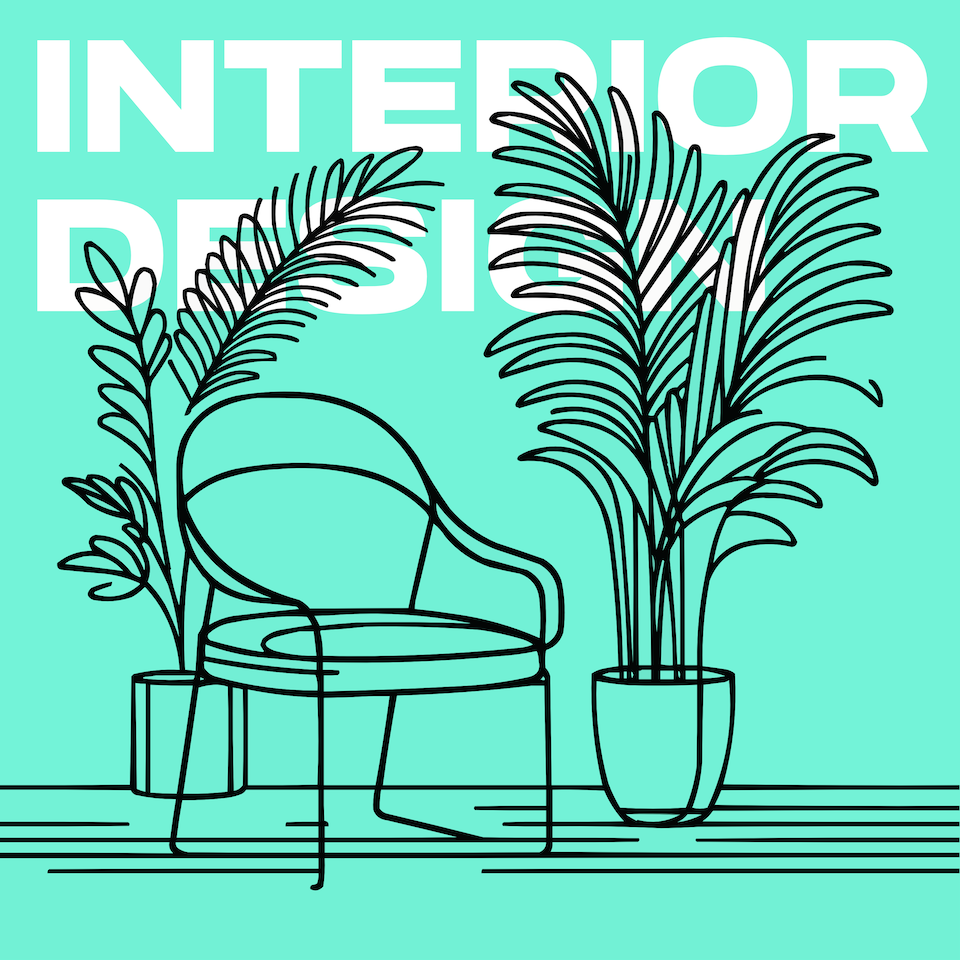Igniting Inspiration: Utilizing Visual Flow in Design
Welcome to "Interior Design for Beginners," the podcast where we demystify the world of interior design so you can create a home that reflects not just your style but your soul. Today, we're embarking on an enchanting journey into the heart of visual flow in design. Visual flow, or how the eye moves in a space, plays a pivotal role in crafting interiors that are both functional and aesthetically appealing. It's like a visual narrative that guides you through a space, creating a sense of harmony and connection. Imagine walking into a room and feeling a seamless transition from one area to another, where every piece seems to belong exactly where it is. That's the magic of visual flow at work. It's about creating an intuitive pathway for the eyes, ensuring that no element feels out of place or overwhelming. So, how do we achieve this? The answer lies in understanding the principles that govern visual flow. 1. Line and Direction - From the furniture layout to the lines on your wallpaper, every line in your room guides the eye. Horizontal lines create a sense of stability and calm, while vertical lines evoke a feeling of grandeur and strength. Diagonal lines, on the other hand, suggest movement and dynamism. Balancing these lines ensures that the eye gracefully moves through the space. 2. Color - Colors can dramatically affect how we perceive space. Light colors tend to recede, making rooms feel larger, while dark colors advance, creating a more intimate feel. By strategically using colors, you can guide the viewer's gaze from one area to another effortlessly. 3. Lighting - Lighting isn't just about illuminating your space; it's a powerful tool for creating visual flow. Highlighting certain areas and casting shadows can direct attention, draw focus to your favorite pieces, and even affect how colors are perceived. 4. Repetition and Rhythm - Repeating colors, patterns, or shapes creates a rhythm that the eye follows naturally. This doesn’t mean making everything look the same, but rather using repetition to create a cohesive look that guides the eye through the space. 5. Balance and Harmony - Achieving balance doesn’t necessarily mean symmetry. It's about creating visual equilibrium. Every element in your space, from furniture to decor, should contribute to this balance, ensuring that the space doesn’t tip visually to one side or the other. 6. Point of Focus - Every room should have a focal point or an area that immediately draws the viewer's eye. It could be a beautiful piece of art, a striking piece of furniture, or even a fireplace. This focal point serves as the starting point for the visual flow, drawing the eye into the space and then guiding it around the rest of the room. By mastering these principles, you’ll be able to create spaces that not only look beautiful but feel right. A well-designed room with good visual flow can evoke feelings of relaxation, comfort, and overall well-being. It's like a silent conversation between you and your space, one that fills you with joy and inspiration every time you enter. Remember, the essence of interior design lies in the power to transform not just spaces but lives. With a thoughtful approach to visual flow, you can ignite that transformation, creating spaces that are not just seen but felt. Thank you for joining us on this journey through the heart of visual flow in design. Stay tuned for more episodes as we continue to explore the fascinating world of interior design together. Until next time, may your homes be filled with light, color, and joy.
Brought to you by Room AI
